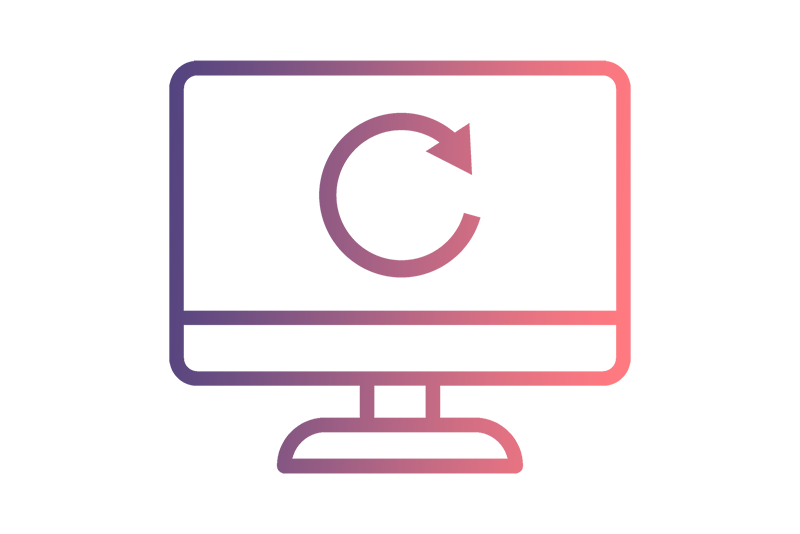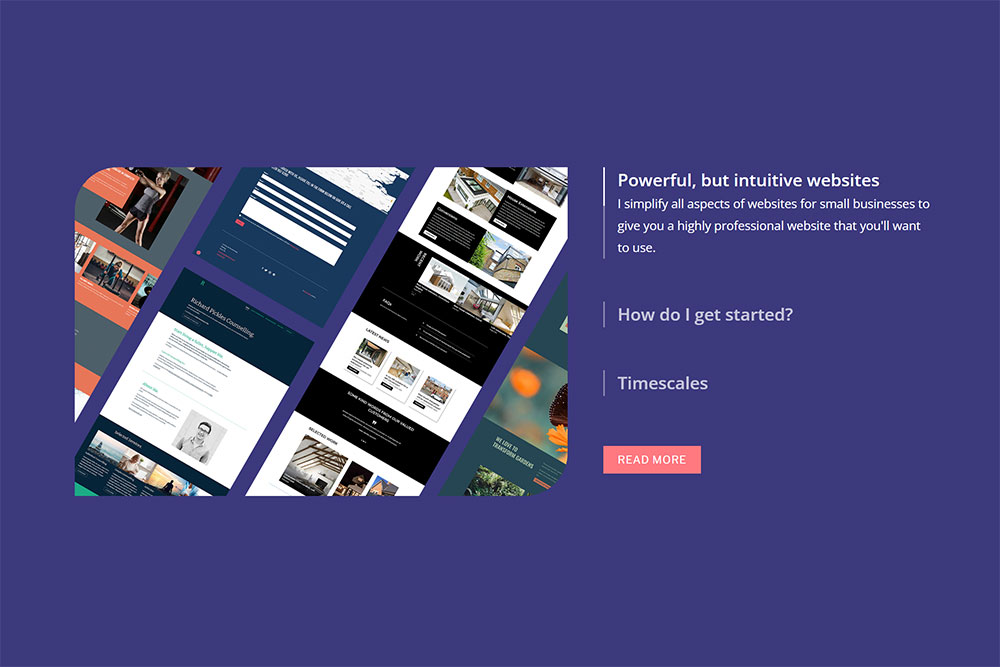What is a CMS?
22.08.21 | Tagged as: Beginners Guide
CMS stands for Content Management System.
Any content that you wish to add to your site will be published through your CMS.
If I had a website without a CMS, I would be downloading a file from a server, updating the content and then re-uploading it.
This would be a difficult, tedious and draining process.
My engagement with my website would stop and my businesses best marketing tool would become a white elephant.
CMS to the rescue.
What all websites need is a powerful, intuitive CMS.
As I write this post, I am logged into my CMS and have an easy and intuitive interface that makes it simple for me to manage this post and the rest of my website.
For instance, there might be 1000 lines of code making up some image gallery functionality on your website, but all you will see in the CMS is a button called ‘Add image to gallery’.
The beauty of a CMS is that it hides the complexity of everything that’s going on behind the scenes.
Well that’s the theory.
Ultimately, the person developing the website is in charge of how complicated the CMS will be, and boy can they be complicated.
However, when integrated with skill, care and consideration for the end user, anybody using the CMS will feel empowered to create content.
In fact, it will be an enjoyable experience.
Which CMS is best?
As the heading has indicated, there are many different choices out there.
I have worked with my fair share, but in my experience WordPress is the ultimate CMS.
The reasons for this are because it’s:
- Simple for clients to use. No technical / coding knowledge is required.
- Quick to develop with.
- Versatile and powerful. It can be used to build one page portfolio sites to large scale ecommerce stores.
- Has excellent community support.
- Highly scalable. As your business grows, your website can easily do so too.
- Extremely Google friendly. Generally considered the most Google friendly CMS.
- Can be used on pretty much any device with an Internet connection.
- Allows you to set up multiple users with different levels of access.
- Can be extended via a vast library of plugins.




